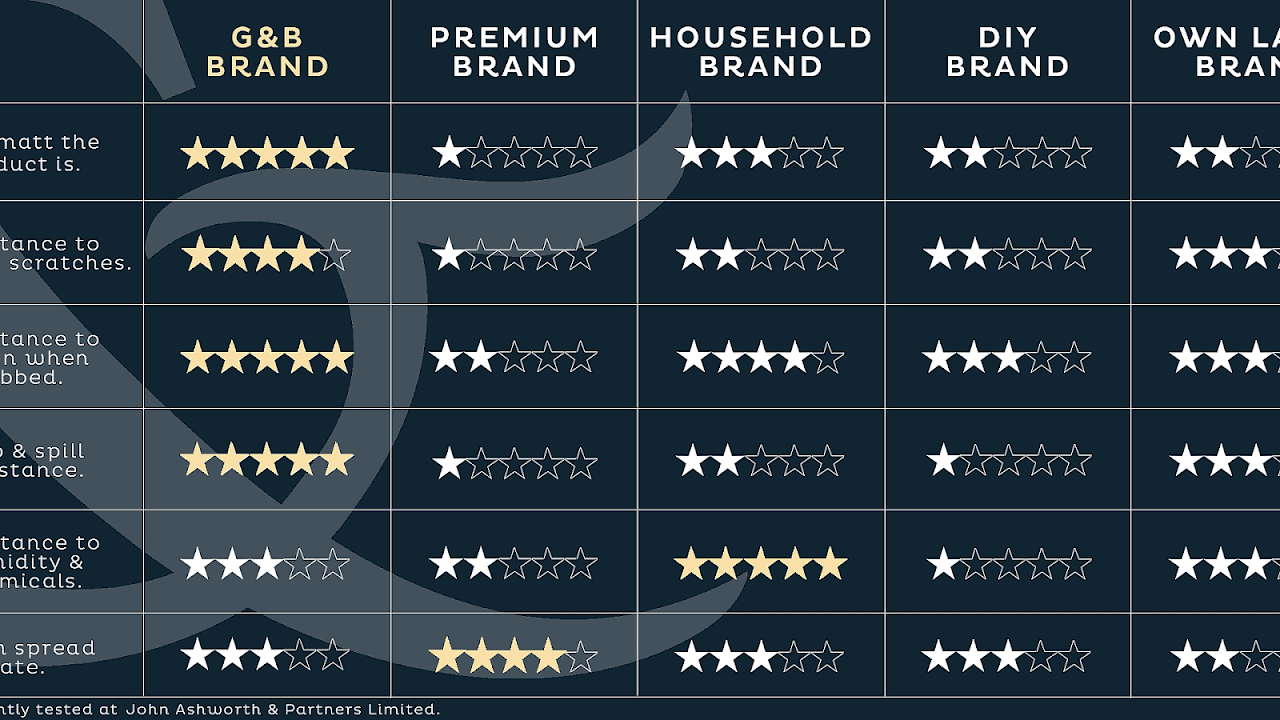
In 1954 the English artist Graham Sutherland was commissioned to paint a full-length portrait of Sir Winston Churchill. The 1,000 guinea fee for the painting was funded by donations from members of the House of Commons and House of Lords, and was presented to Churchill by both Houses of Parliament at a public ceremony in Westminster Hall on his 80th birthday on 30 November 1954.
Churchill hated the portrait. After the public presentation, the painting was taken to his country home at Chartwell but was not put on display. After the death of Lady Churchill in 1977, it became clear that she had had the painting destroyed some months after it was delivered.

Maps, Directions, and Place Reviews
Background
Churchill was an elder statesman in 1954, then towards the end of his second period as Prime Minister of the United Kingdom. Sutherland had a reputation as a modernist painter with some recent successful portraits, such as Somerset Maugham in 1949. He was drawn to capturing the real person: some sitters considered his disinclination to flattery as a form of cruelty or disparagement.
Sutherland and Churchill had very different conceptions of the painting. Churchill hoped to be depicted in his robes as a Knight of the Garter, but the commission specified that he should be shown in his usual parliamentary dress - a black morning coat, with waistcoat and striped trousers, and a spotted bow tie.
Graham Paint Video
Preparation
Sutherland made charcoal sketches of Churchill at a handful of sittings at Chartwell from August 1954, concentrating on Churchill's hands and face, and then made some oil studies. Sutherland also worked from photographs by Elsbeth Juda. He took his preliminary materials back to his studio to create the final work on a large square canvas, the shape chosen to figuratively represent Churchill's solidity, reflecting a remark that Churchill made, "I am a rock".
The pose, with Churchill grasping the arms of his chair, recalls the statue of US President Abraham Lincoln at the Lincoln Memorial in Washington, DC. Churchill is shown scowling, slightly slumped forward, surrounded by wintery grey, brown and black tones. Sutherland was reluctant to discuss the work in progress with Churchill and showed the subject few of his working materials. Churchill's wife thought it was a good resemblance - "really quite alarmingly like him" - but also said it made him look too cross, while recognising that it was a familiar expression. Churchill's son Randolph thought the portrait made him look "disenchanted".

Reception
Churchill's wife viewed the completed portrait on 20 November 1954 and took a photograph back to her husband. It was his first view of the work, and he was deeply upset. He described it as "filthy" and "malignant". With only 10 days to go, he sent a note to Sutherland rejecting the portrait and stating that the ceremony would go ahead without it. Sutherland maintained that he honestly painted what he saw. MP Charles Doughty persuaded Churchill that the presentation had to go ahead, to avoid offending the donors.
The presentation ceremony at Westminster Hall was recorded by the BBC. In his acceptance speech, Churchill remarked on the unprecedented honour shown to him and described the painting (in a remark often considered a backhanded compliment) as "a remarkable example of modern art", combining "force and candour". Other reactions were mixed; some critics praised the strength of its likeness, but others condemned it as a disgrace. While Aneurin Bevan, a Labour MP and one of Churchill's critics, called it, "A beautiful work", Lord Hailsham, one of Churchill's Conservative colleagues and a friend, called it "disgusting".
The painting was intended to hang in the Houses of Parliament after Churchill's death, but it had been given to Churchill as a personal gift, and he took it away to Chartwell, where it was never displayed. Requests to borrow the painting for exhibitions of Sutherland's work were refused. In 1978, it was reported that Lady Churchill had destroyed the painting within a year of its arrival at Chartwell, by breaking it into pieces and having them incinerated, to avoid causing further distress to her husband. Lady Churchill had destroyed earlier portraits of her husband that she disliked, including sketches by Walter Sickert and Paul Maze. In fact, Lady Churchill had hidden the portrait in the cellars at Chartwell, and employed her private secretary Grace Hamblin and Hamblin's brother to remove it in the middle of the night and burn it in a remote location. Many commentators were aghast at the destruction of a work of art, and Sutherland condemned it as an act of vandalism; others upheld the Churchills' right to dispose of their property as they saw fit.
Some preparatory sketches for Sutherland's painting are held by the National Portrait Gallery, London. It is thought that a copy of the portrait is held at the Carlton Club, also in London, although it is not on display.

Cultural references
Episode 9 of Season 1 of the Netflix series The Crown dramatizes the creation, unveiling, and destruction of the portrait. Churchill, Lady Churchill, and Sutherland are portrayed by actors John Lithgow, Harriet Walter and Stephen Dillane, respectively.
Source of the article : Wikipedia








EmoticonEmoticon